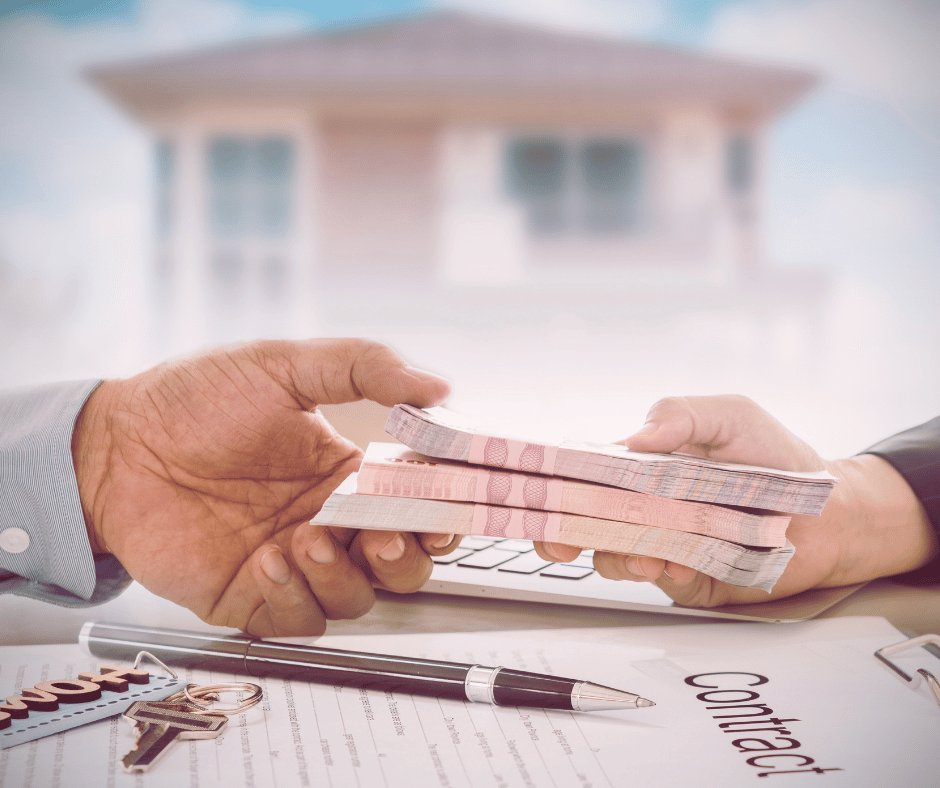Debt can feel overwhelming, but achieving a life free from financial burdens is possible with the right strategies and mindset. This guide will walk you through practical steps to eliminate debt, regain control of your finances, and build a stable future.
1. Understand Your Debt
The first step to debt-free living is understanding the scope of your financial obligations.
Key Actions:
- List All Debts: Create a detailed list, including credit cards, student loans, car loans, and personal loans.
- Track Interest Rates: Note the interest rate for each debt, as higher rates can cost you more over time.
- Know Your Monthly Payments: Identify minimum payments to avoid penalties.
This clarity will serve as a roadmap for tackling your debt strategically.
2. Create a Realistic Budget
A well-thought-out budget is essential for effective debt repayment.
Steps to Build a Budget:
- Track Income and Expenses: Monitor your earnings and categorize expenses into fixed (rent, utilities) and variable (entertainment, dining).
- Cut Unnecessary Costs: Identify and reduce non-essential spending, like subscriptions or frequent takeout meals.
- Allocate Extra Funds: Direct any surplus toward your debt repayment plan.
Tools like Mint or YNAB (You Need A Budget) can make budgeting easier and more effective.
3. Choose a Debt Repayment Strategy
There are two popular methods for paying off debt:
The Debt Snowball Method:
- Focus on paying off the smallest debt first while making minimum payments on others.
- Gradually work toward larger debts.
- Motivational as you see quick wins.
The Debt Avalanche Method:
- Prioritize debts with the highest interest rates.
- Saves money on interest over time.
- Ideal for those focused on long-term financial benefits.
Pick the method that aligns best with your personality and financial situation.
4. Build an Emergency Fund
Many people fall into deeper debt due to unexpected expenses. An emergency fund can prevent this.
How to Start:
- Aim to save at least $1,000 initially.
- Gradually increase to three to six months’ worth of living expenses.
- Use separate savings accounts to avoid dipping into these funds for non-emergencies.
5. Negotiate with Creditors
Negotiating with creditors can lower your payments or interest rates.
Steps to Negotiate:
- Contact Creditors: Explain your financial situation honestly.
- Request Lower Interest Rates: Many companies are willing to help if you demonstrate good faith.
- Explore Debt Settlement: In some cases, creditors may accept a lump-sum payment that’s less than the total owed.
Don’t hesitate to seek professional advice if negotiations feel overwhelming.
6. Consolidate Your Debts
Debt consolidation can simplify your payments and potentially lower your interest rates.
Options for Consolidation:
- Balance Transfer Credit Cards: Transfer high-interest credit card debt to a card with a 0% introductory APR.
- Personal Loans: Use a lower-interest loan to pay off multiple debts.
- Home Equity Loans: Consider this option only if you’re confident in your repayment ability, as your home is collateral.
7. Avoid Accumulating New Debt
While repaying debt, it’s crucial to avoid adding to your financial burden.
Practical Tips:
- Switch to Cash or Debit: Eliminate credit card usage until debts are under control.
- Adopt a “Needs vs. Wants” Mindset: Prioritize essential purchases.
- Delay Major Expenses: Postpone large purchases until your financial situation improves.
8. Increase Your Income
Boosting your income can accelerate debt repayment.
Ideas to Earn Extra Money:
- Freelance Work: Utilize skills like writing, graphic design, or programming.
- Sell Unused Items: Declutter your home and sell items online.
- Part-Time Job: Consider temporary side jobs to increase cash flow.
Use any extra income exclusively for paying down debt to see faster results.
9. Stay Consistent and Motivated
Staying on track requires discipline and motivation.
Strategies to Stay Motivated:
- Celebrate Small Wins: Reward yourself when you pay off a debt or hit a milestone.
- Visualize Your Progress: Use charts or apps to track how much debt you’ve eliminated.
- Seek Support: Join online forums or groups with others on the same journey.
Remind yourself of the benefits of a debt-free life to maintain focus.
10. Learn from the Experience
Eliminating debt is a valuable learning process. Apply these lessons to prevent future financial struggles.
Post-Debt Habits to Develop:
- Continue Budgeting: Keep managing your income and expenses.
- Save Regularly: Build your savings to handle emergencies and future goals.
- Invest Wisely: Grow your wealth through informed investment decisions.
These habits will ensure you stay financially secure once you’ve achieved debt-free living.
Benefits of Debt-Free Living
A life without debt offers numerous advantages:
- Reduced Stress: Financial stability leads to peace of mind.
- Improved Credit Score: Paying off debts can significantly boost your credit.
- Increased Savings Potential: With no debt payments, you can allocate funds to savings and investments.
Conclusion
Debt-free living is achievable with the right approach and dedication. By understanding your debt, creating a solid plan, and staying disciplined, you can regain control of your finances and enjoy a more secure future.
Start today—every step you take brings you closer to the freedom and peace of mind that come with living debt-free.



